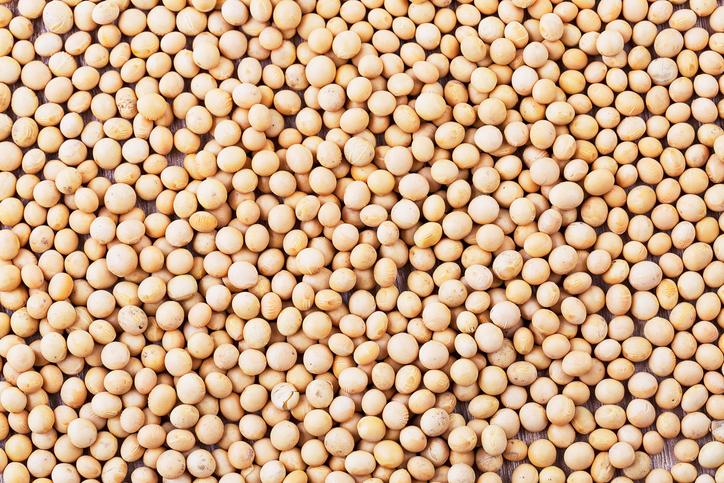
- Health advice
- Dec 18, 2013
Soy has its fans and its detractors so here are some of the factors to take into consideration when deciding whether or not to include Soy products in your diet.
Soy background
Originally grown in Asia, Soy was used as crop rotation to fix nitrogen in the soil and was not considered suitable for human consumption unless in one of its fermented forms:- Soy sauce
- Natto
- Tempeh
- Miso
The advantages of Soy
Soy is rich in protein and other important nutrients. Soy is high in phytoestrogens, particularly isoflavones, which may have a positive hormonal impact on both men and women. Some studies have shown that Soy products may alleviate symptoms of menopause and prostate problems too. There is also some evidence that high Soy diets are associated with:- Reduced blood pressure
- Reduced triglycerides
- Reduced cholesterol levels
- Reduced incidence of diabetes
- Lower risk of breast cancer
- Lower risk of endometriosis
Soy soars in big business
Soy protein has become a profitable industry, especially in the United States. Soymilk used as a low fat, high protein, dairy substitute has represented the largest gains. From 1980 to present time, sales have increased exponentially from $2 million per year to approximately $1 billion per year. Now used in virtually every country, (including China where it was not traditionally eaten unless fermented), Soy just might be the world’s number one protein supplement. Worldwide, the Soy protein market continues to expand as a growing population calls for cheap protein.Concerns of Soy
Soy is one of the most genetically modified crops in the United States, which is, in itself, now becoming a major problem as the dangers of GM are beginning to be seen. In addition Soy contains very powerful bio-chemicals that prevent your body from absorbing the nutrients it contains - or any food eaten with it.Value of fermented Soy
That is why Soy was not traditionally used in some Asian countries and why the way of eating Soy in these countries was only in the fermented forms: Soy sauce, natto, tempeh, miso etc., where those bio-chemicals have been broken down in the fermentation process. Fermented foods have great benefits for their probiotic effect in the digestive tract. The fermentation process exposes the Soybeans to water, which neutralises the anti-nutrients and makes the beans safe to eat.Soy concerns
Some concerns associated with high Soy intake for adults and children are:- Male infertility
- Abnormal bleeding of the uterus
- Endometriosis
- Polyps in women
- Thyroid problems
- Goiters
- Brain atrophy
- Kidney stones



